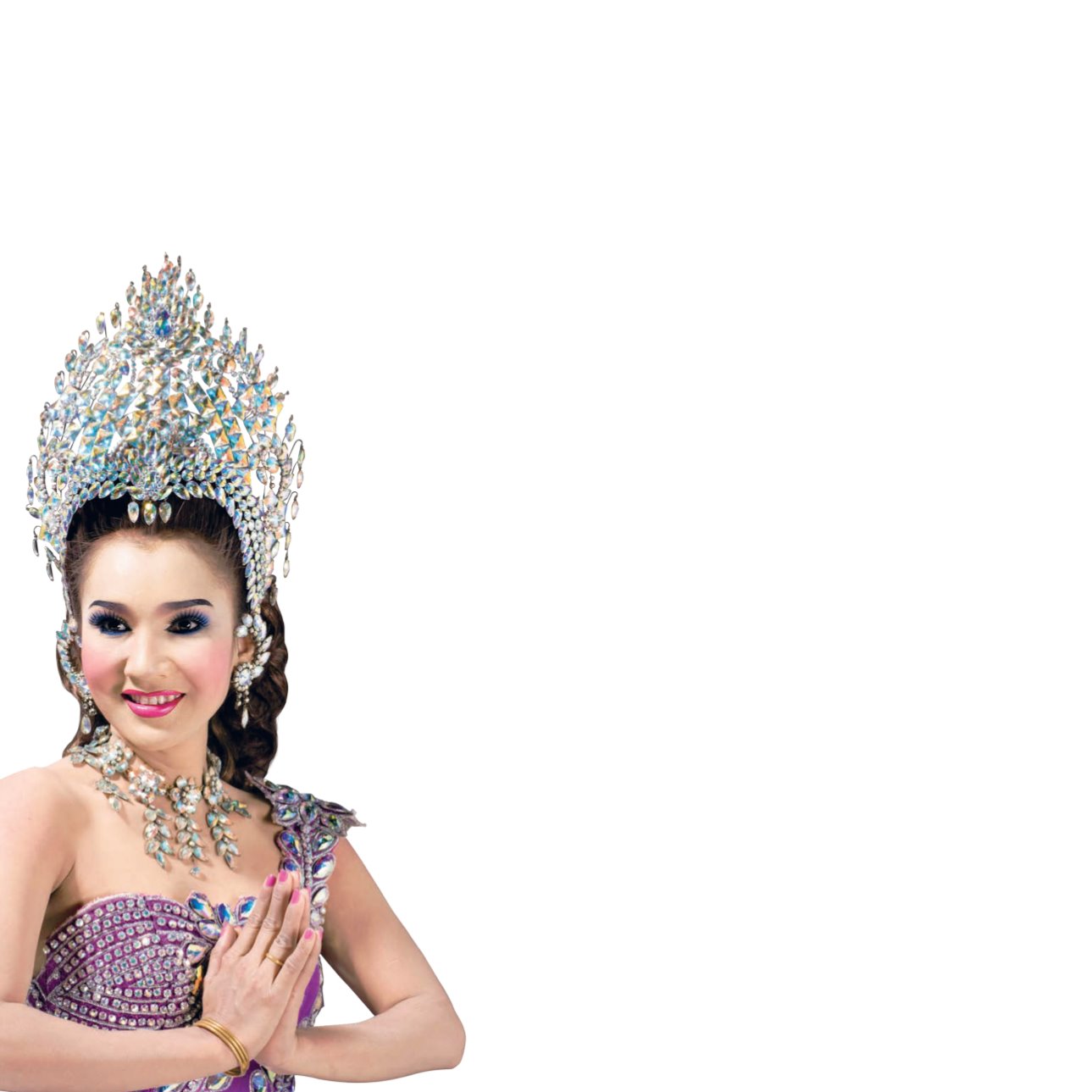

Performing Arts Spiritual Performances
|
93
Li-kae Song Khrueang is considered a prototype of later Li-kae performances, whose dance
patterns, classical Thai-style singing, and presentation style serve as the framework and model.
The most striking example is the Rani-kloeng song or Ratchani-kloeng song that was created by
Master Dokdin Suea-sa-nga. It has become identified with Li-kae.
The performance of Li-kae Song Khrueang was halted during the World War II due to
a shortage in local costume materials. The difficulties in importing cloth and artificial diamond
from overseas also resulted in the discontinuity of the original Li-kae Song Khrueng costume.
The Rammana ensemble for supporting Malay songs was replaced by Pi Phat ensemble for
saving costs and further changed into Li-kae Lukbot, which is the performance of singing and
playing Lukbot song, led by Pi Phat orchestra. The performers were all male wearing glitzy
and flashy costume during the time. After the end of World War II, Li-kae Song Khrueang was
revived and added more with social dimensions. Its performance was complimented with other
performances, such as folk and Indian songs and more spectacular dress to create more
entertainment for audience. The enjoyment of watching Li-kae of all types is dependent on the
talent of performers who are competent in singing and well-versed in the story. They must have
improvising abilities and impressive voices.
Li-kae is a theatre that reflects Thai ways of life, traditions, values, language communication,
dance, music, painting, morale, and ethics cultivation. The wisdom of Li-kae performance has
been accumulated through learning, training, experiences and successions by retaining the
good traditional wisdom. At the same time, some wisdom had been changed through time in
accordance with the social conditions today. Li-kae therefore remains as a popular performance
as its stories highly entertain audience.
Li-kae Pa
Li-kae Pa is another form of Li-kae popularly played among Muslim people living in the
Southern region. The instrument of Li-kae Pa or Li-kae Rammana or Li-kae Bok comprises
2-3 Klong Rammana or Thon (tuned two-faced drum), one Pi (Thai oboe), one pair of Ching
(small cymbals) and one Krap (wooden rhythm clappers). Some Li-kae Pa troupe may use
Mong (gong) and Thab (small drum). There are masters as well as Nang Talung (shadow play)
and Manohra. One Li-kae Pa troupe comprises six to eight people. The folk play begins with a
prelude, followed by dancing and singing of white Indians and red Indians in harmony with the
chorus and continued with storytelling prior to the main performance.


















